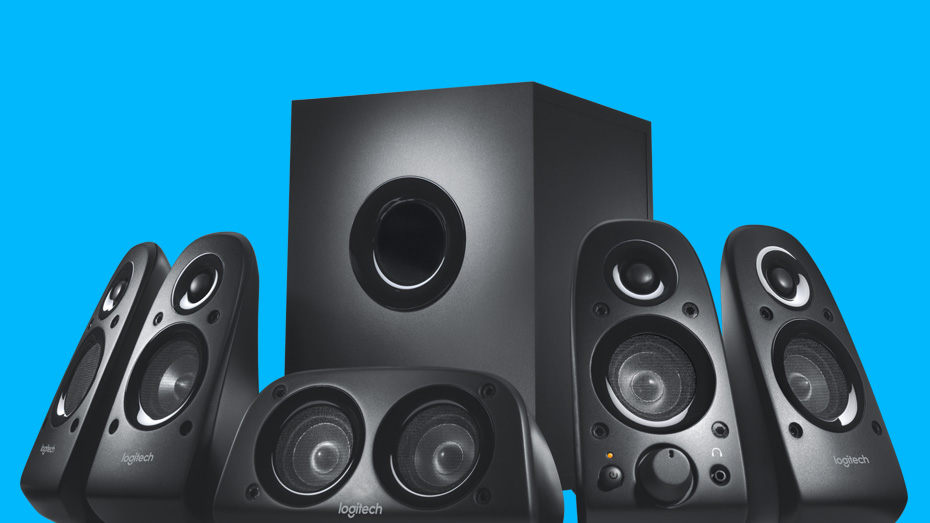Assessing Noise at FactoriesPosted by Sargent Coleman on May 11th, 2021 In the United States, workers are protected against the adverse health effects of high level noise vulnerability throughout the Occupational Safety and Health Administration (OSHA) noise standards. Additionally, the implementation of a hearing conservation program (including monitoring of employees' hearing) is required for employees whose 8-hour noise exposure levels exceed 85 dBA. Factory workers can be subjected to excessive noise levels as a result of working in close proximity to high sound machines. It is not unusual for workers in a few factories to operate in locations where the noise level exceeds 100 dBA. Using individual hearing protection to reach OSHA's noise standards is considered a last resort for use only after feasible engineering and administrative noise control measures have failed to reduce the sound sufficiently. Therefore, administrative and engineering controls are of chief importance. Noise control steps for factories need to meet the following criteria: They shouldn't obstruct workers or somewhat alter just how operators make use of the system. Noise challenges and machine enclosures may be a very effective way to reduce noise; nevertheless their design must not disturb workers or reduce productivity. A challenge in factories can be designing effective noise barriers that usually do not obstruct walkways or fork-lift paths. They need to have the ability to withstand working conditions in the mill.
condenser enclosures have to be created for that environment in which they're placed. The materials from the noise control is constructed must not be affected by dirt, water or oil if those are commonplace from the mill. The materials must be able to resist effects if put into areas of high traffic.
They have to maintain the productivity and reliability of the machine, perhaps not cause malfunctions or engineering problems.
Factory machines must act as designed after any modifications are made to the machine. The modifications must not reduce growth.
Enclosing machines using acoustically rated enclosures are sometimes a very effective method of sound management. However, this method can restrict airflow to the machine and present over heating problems. Cooling systems might be required, which could themselves need noise control systems.
They have to maintain visibility to mill machines and areas where demanded.
Workers usually need to inspect machinery when in performance. Noise control measures shouldn't prevent vulnerability to critical locations. Managers need to have the ability to see in to areas where employees are currently working. Transparent sound control materials should be considered in locations where visibility is required.
Noise advisers specialize in assessing sound degrees and designing noise control systems. A good noise adviser will have the ability to design noise control measures while satisfying the above criteria.
They need to have the ability to withstand working conditions in the mill.
condenser enclosures have to be created for that environment in which they're placed. The materials from the noise control is constructed must not be affected by dirt, water or oil if those are commonplace from the mill. The materials must be able to resist effects if put into areas of high traffic.
They have to maintain the productivity and reliability of the machine, perhaps not cause malfunctions or engineering problems.
Factory machines must act as designed after any modifications are made to the machine. The modifications must not reduce growth.
Enclosing machines using acoustically rated enclosures are sometimes a very effective method of sound management. However, this method can restrict airflow to the machine and present over heating problems. Cooling systems might be required, which could themselves need noise control systems.
They have to maintain visibility to mill machines and areas where demanded.
Workers usually need to inspect machinery when in performance. Noise control measures shouldn't prevent vulnerability to critical locations. Managers need to have the ability to see in to areas where employees are currently working. Transparent sound control materials should be considered in locations where visibility is required.
Noise advisers specialize in assessing sound degrees and designing noise control systems. A good noise adviser will have the ability to design noise control measures while satisfying the above criteria.
Like it? Share it!More by this author |


